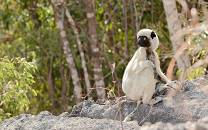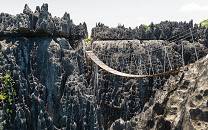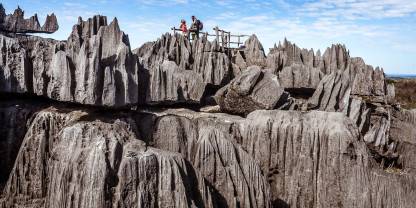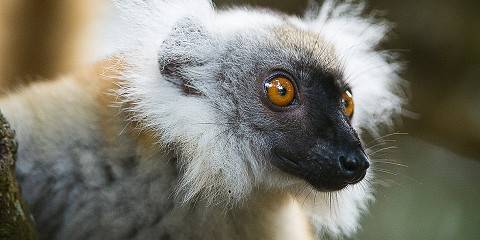Bemaraha National Park (Parc National des Tsingy de Bemaraha) is a Unesco World Heritage Site that contains the ‘Grand Tsingy’ and ‘Petit Tsingy’. These stone forests, made up of a labyrinth of limestone pinnacles, look like natural rock cities from above, but they’re a remarkable sight from any angle. Exploring this natural wonder is possible on a combination of cleverly placed walkways, ladders and suspension bridges.

-
Best Time To Go
- May to October (Best hiking weather)
-
High Season
- July and August (Some of the trails get busy)
-
Size
- 732km² / 283mi²
-
Altitude
-
64-538m /210-1,765ft
 View Photos
View Photos
 View Photos
+24
Photos
View Photos
+24
Photos
Pros & Cons
- Home to unique dramatic landscapes
- Largest uninterrupted (limestone pinnacles) in the world
- Well-placed vantage points and suspension bridges
- Several hiking circuits available, from easy to difficult
- Good accommodations options in the nearby town of Bekopaka
- Temperatures are often very hot, which can be a challenge on longer hikes
- No accommodations inside the park; it’s camping only
- The park closes and is inaccessible for much of the Wet season
Wildlife
The flagship animal is Decken’s sifaka, which is just one of 11 lemur species recorded in the park. Other species you might spot include dwarf lemurs and mouse lemurs. Bemaraha is also known for its amazing bat colonies, which are home to half of Madagascar’s bat species. Something to look for on the forest paths is the rare and very localized western red forest rat.
More about Bemaraha’s wildlifeScenery
Bemaraha is one of the most beautiful parks in Madagascar, with a spectacular mix of unusual karstic (limestone) formations known as the Grand and Petit Tsingy, deciduous forests and river canyons. The Manambolo River gorge cuts through the limestone and can be used to access some of the hiking trails by boat. Deciduous forest grows on the park’s edges and colorful succulents, such as elephant’s foot, fill the gaps.
Activities
The main activities in Bemaraha are guided hikes (which include scrambling on rocky slopes, ladders and bridges) and boat trips along the Manambolo River in dugout canoes. You’ll also be watching for wildlife and looking for some of the park’s 100-plus bird species as you go. The main sections of the park are some distance apart, so you may need to drive between them. Look for wildlife along the way.
Weather & Climate
Bemaraha is located at low altitude and has a hot, tropical climate with well-defined Wet (November to March) and Dry (April to October) seasons. Temperatures are quite even throughout the year but slightly lower during the Dry season. The heat regularly peaks above 33°C/91°F. Rainfall is seasonal and downpours can be expected from December to March.
More about the weather and climateBest Time To Visit
Bemaraha is usually closed during the Wet season (November to March), from late November onward. The park is primarily a hiking destination and the Dry season (April to October) offers the best conditions, particularly from May onward. These months also promise slightly cooler temperatures. In October and November many lemurs have babies.
More about the best time to visit



